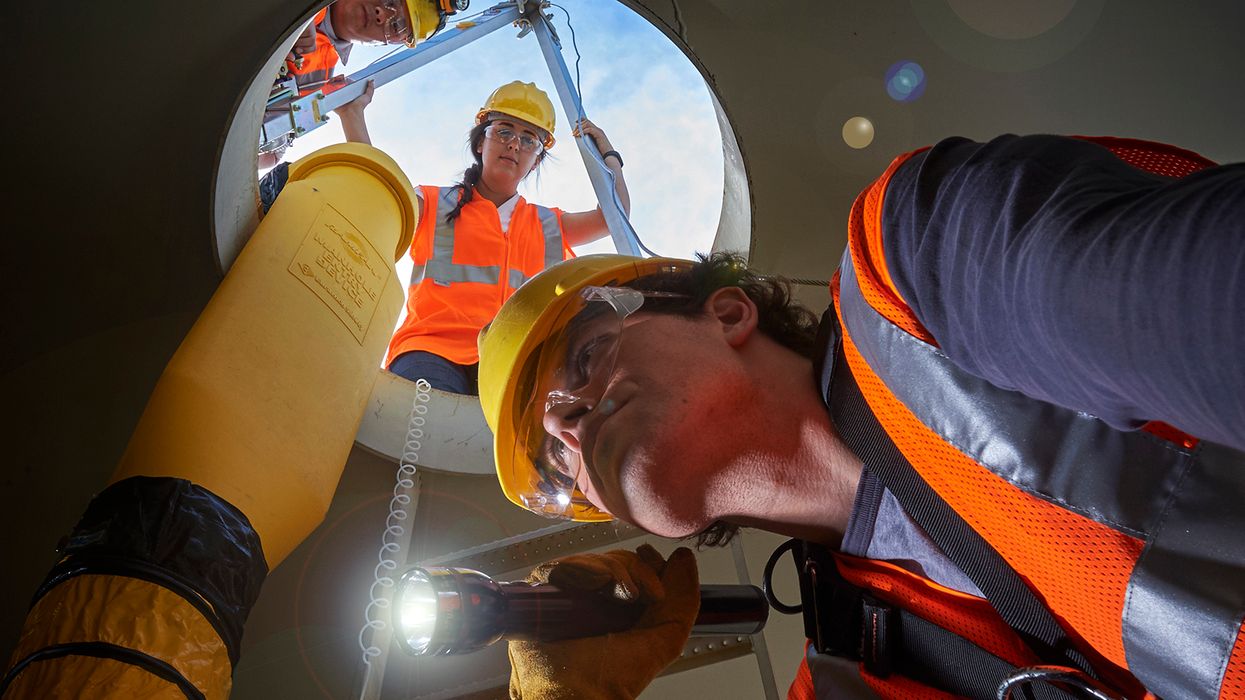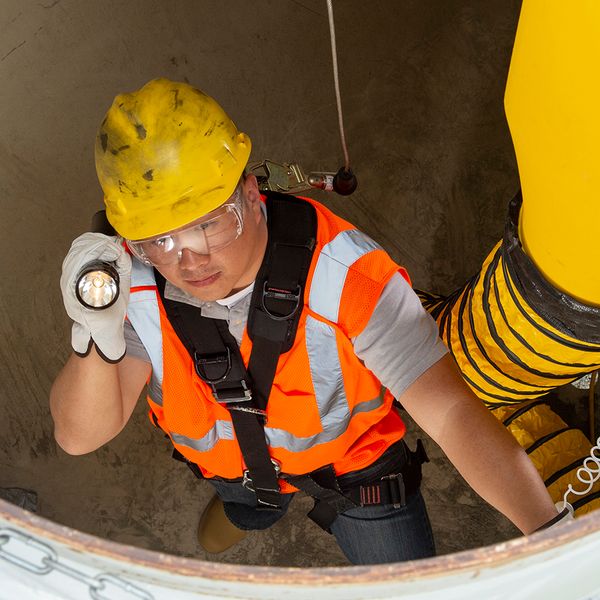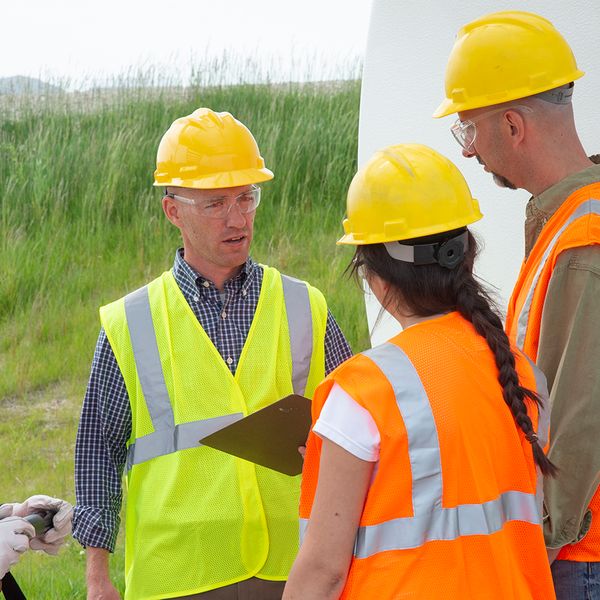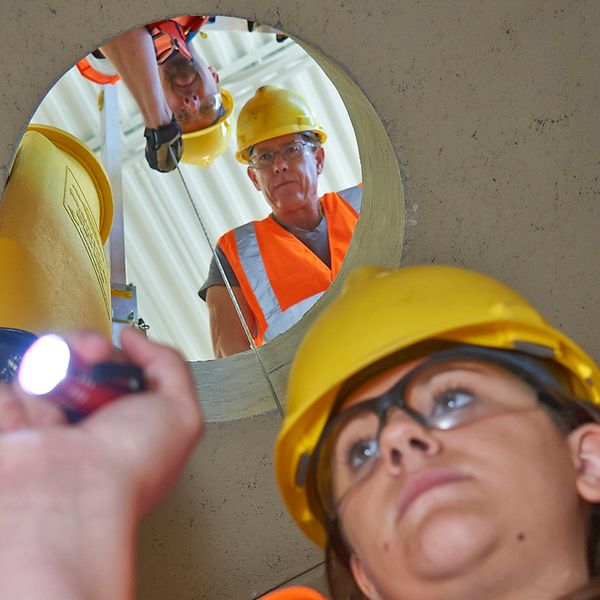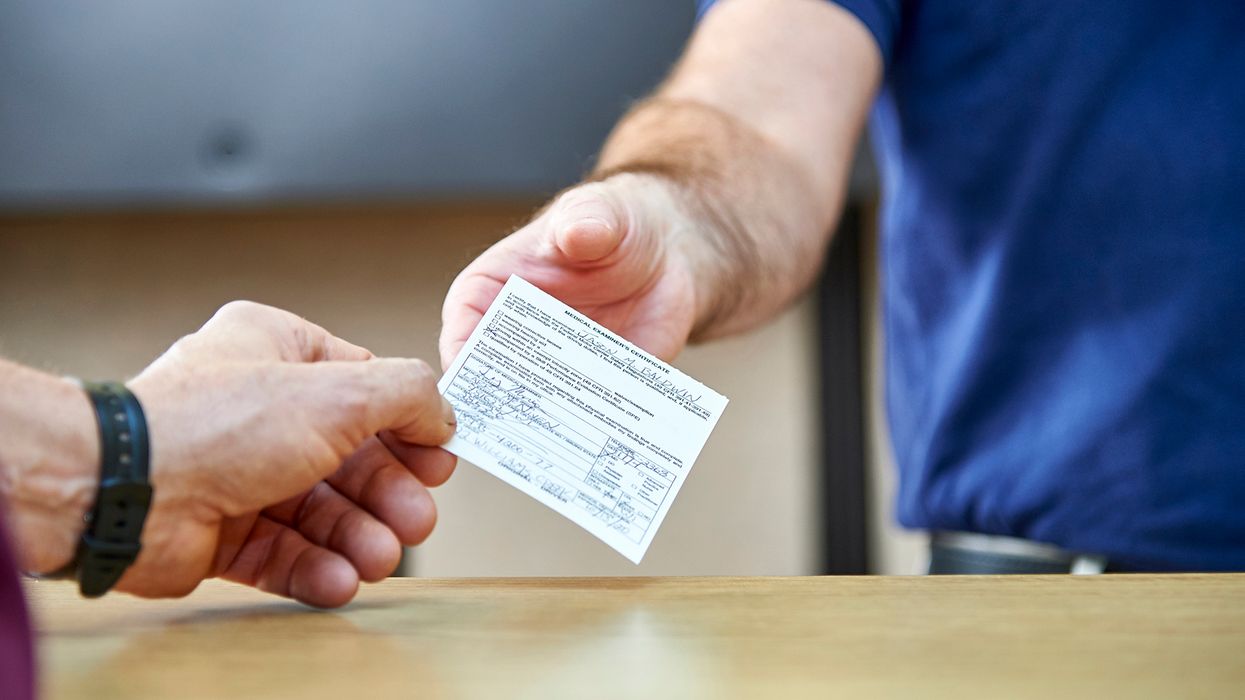Confined Space Rescue (Part 2): Partnering with outside resources
In Part 1 of the Confined Space Rescue series, we discussed the alarming statistics surrounding would-be rescuers and the importance of having a rescue plan in place.
Today, we will explore the options available for working with outside contractors or emergency response teams for your confined space rescue procedures.
NOTE: You can find the Confined Space Rescue (Part 1): Understanding the OSHA Requirements article here. We encourage you to read that first.
Remember, employers must develop and implement procedures for the following:
- Summoning rescue and emergency services.
- Rescuing entrants from permit spaces.
- Providing necessary emergency services to rescued employees.
- Preventing unauthorized personnel from attempting a rescue.
Can’t we just “call 911” in an emergency?
OSHA has made it clear that relying on the 911 emergency phone number to obtain these services at the time of a permit space emergency would not comply with the rescue and emergency services standards.
Instead, you’ll need to have a plan in place, with rescue personnel and equipment readily available.
But before you decide who to work with – whether it’s an in-house team, an outside contractor, or an emergency response team – you need to evaluate a prospective rescuer's ability to respond to a rescue summons in a timely manner.
How do we evaluate a prospective rescue service team?
OSHA provides additional guidance in Appendix F to the 1910.146 Confined Space regulations. In this non-mandatory appendix, OSHA states that employers should conduct both an initial evaluation and a performance evaluation to determine the effectiveness of the confined space rescue team.
Initial evaluation: Employers decide whether a potential rescue service or team is adequately trained and equipped to perform permit space rescues of the kind needed at the facility and whether such rescuers can respond in a timely manner.
Performance evaluation: Employers measure the performance of the team or service during an actual or practice rescue.
Evaluating the need for outside contractors or emergency response teams also involves the following:
- Assessing the complexity of your confined space operations.
- Identifying the specific hazards involved.
- Determining the resources and capabilities of the response team.
Selecting a reputable contractor or emergency response team also requires you to establish clear communication and expectations. You must be able to effectively collaborate on your confined space rescue plans and procedures.
Does the rescue team need to be “standing by” at the permit space for all entries?
There isn’t a specific requirement for response teams to be set up and ready to go for all confined space entries. Rather, the standards require the rescuer to be able to respond to a rescue summons in a “timely manner.”
OSHA gives employers some flexibility in terms of what they consider to be a “timely manner” for rescue and response. Some situations might require the rescue team to be standing by, while others may not.
For example, if entry is to be made into an IDLH atmosphere (immediately dangerous to life or health), the rescue team or service would need to be standing by at the permit space.
However, if the danger to entrants is restricted to mechanical hazards that could cause basic injuries (such as broken bones, abrasions, etc.), then a response time of 10 or 15 minutes might be adequate.
Ultimately, it is up to the employer to determine what an appropriate response time would be, based on the hazards present.
Should we work with a contractor or our local emergency responders?
When you decide to partner with an outside resource, you will either be working with rescue contractors or emergency responders. Let's explore how each of these partnerships can provide the necessary expertise and resources to help ensure the safety of your workers.
Rescue contractors
Confined space rescue contractors often have highly trained personnel with extensive experience in handling such situations. Usually, these services are coordinated in a way so that they are readily available on site to immediately render rescue services if needed.
Working with a reputable rescue contractor can help ensure compliance with relevant safety regulations and industry standards since they often have a thorough understanding of legal requirements and best practices.
Of course, hiring a rescue contractor typically involves a financial cost, which can vary depending on the scope of services required and the duration of the contract.
Local emergency responders
Emergency responders, such as firefighters, undergo rigorous training that often includes rescue operations. They bring a broader range of skills and experience in dealing with various emergencies.
However, response times can vary depending on the proximity of emergency services and the availability of resources. In some cases, they may face delays due to simultaneous emergencies or logistical challenges.
In addition, emergency responders face unique challenges when it comes to familiarizing themselves with the worksite.
Unlike dedicated rescue teams or contractors who may have consistent members trained specifically for confined space rescues, first responders often operate with teams that rotate shifts or personnel. This variability means that responders may not always be familiar with the layout, hazards, or specific protocols of a particular worksite.
What else should we know before partnering with outside resources?
It’s important to maintain good communication with the outside resource. Make sure both parties understand the goals and expectations of the relationship. Be sure to check in often to evaluate the procedures.
You also should consider scheduling simulated rescue scenarios on a periodic basis to test the effectiveness of the partnership. As time goes on, try to identify areas for improvement and how to implement corrective measures.
Key to remember: Collaborating with outside contractors or emergency response teams requires careful planning. You must evaluate a prospective rescuer's ability to respond to a rescue summons in a timely manner.

